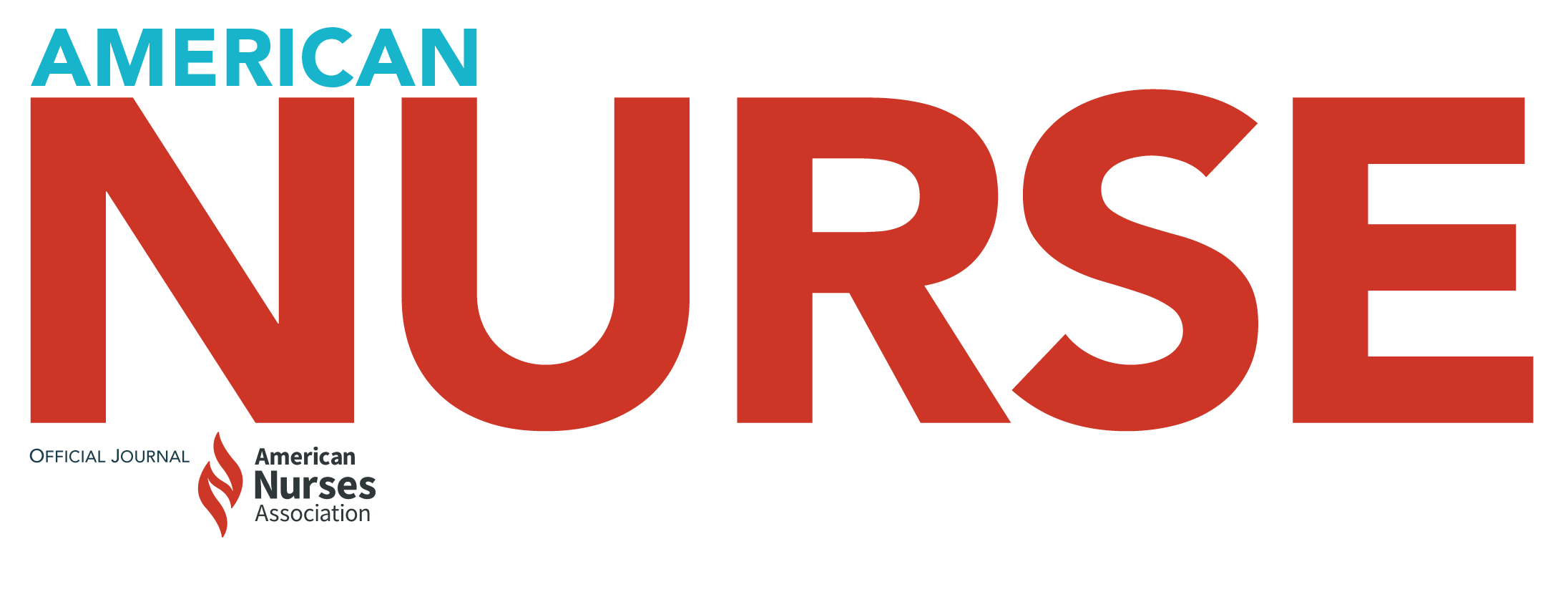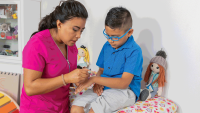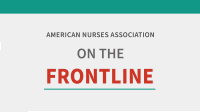Act now for better maternal health outcomes


The unacceptably high level of maternal mortality in the United States reflects a failing of our entire healthcare system and calls nurses, as the largest group of providers in the nation, to redouble our efforts to eliminate health disparities and optimize care for pregnant people, new mothers, and their infants.
More than 1,200 women died of maternal causes in 2021, translating to a rate of 32.9 deaths per 100,000 live births—about three times higher than most other high-income countries. According to the Centers for Disease Control and Prevention (CDC), more than 80% of these deaths were preventable.
These figures (the latest available at the time of this writing) are much worse for Black women and other marginalized groups, reflecting an ongoing negative trend. CDC determined that the maternal mortality rates for Black and Hispanic mothers in 2021 were 69.9 and 28.0 per 100,000 live births, respectively, versus 26.6 per 100,000 live births for White mothers.
What’s behind these tragic outcomes? The answers are complex and multifactorial—older mothers, inadequate insurance coverage, and pre-existing chronic health conditions, to name a few. Let’s consider, however, that Black mothers fare worse in comparison to their White peers across socioeconomic measures. In fact, a CDC analysis found that pregnancy-related mortality rates for Black and American Indian/Alaska Native women with at least some college education were higher than for all other racial/ethnic groups with less than a high school diploma.
In this context, we can’t dismiss racist attitudes and practices in our society and healthcare system, and their weathering effects and outright injury to Black mothers. Undoing these harms, as a profession and a nation, requires concerted and persistent action.
The Black Maternal Health Momnibus Act—a collection of 13 individual bills designed to address the maternal health crisis—represents a major step forward. The American Nurses Association (ANA) is among more than 200 organizations supporting this legislation sponsored by the Black Maternal Health Caucus. Representative Lauren Underwood (IL-14), an ANA-Illinois member, co-chairs the caucus. ANA members who voice support of Momnibus through RNAction.org will add momentum toward passing these beneficial policies (p2a.co/fhWBAgz).
States also have pending or passed legislation that features provisions like those of Momnibus. We can learn from these efforts in our drive to effect change. Particularly promising initiatives aim to improve data collection and quality measures so that we can better understand and find solutions for the maternal health crisis and grow and diversify the perinatal workforce.
Regardless of our practice settings, we can look closely at our policies and procedures. What are our protocols for referring patients to specialists, case management, or social work? How do we assess social determinants of health? What educational materials do we have for our staff to recognize cyanosis and jaundice across skin tones? How can we serve as better allies of nurses of color with professional interest in maternal health or who report shortcomings in policies and practices?
What can we do to advocate more for our patients when they show signs of potential complications or express fears and concerns? Resources such as CDC’s HEAR HER Campaign and 4th Trimester Project can further these efforts.
Black Maternal Health Week, April 11–17, highlights awareness, activism, and community-building to find solutions to the maternal health crisis, and the imperative of including the voices, perspectives, and lived experiences of Black mothers.
We can and must do more to see pregnant people, new mothers, and their infants not only survive but thrive.


Jennifer Mensik Kennedy, PhD, MBA, RN, NEA-BC, FAAN,
President, American Nurses Association
American Nurse Journal. 2024; 19(4). Doi: 10.51256/ANJ042416




















